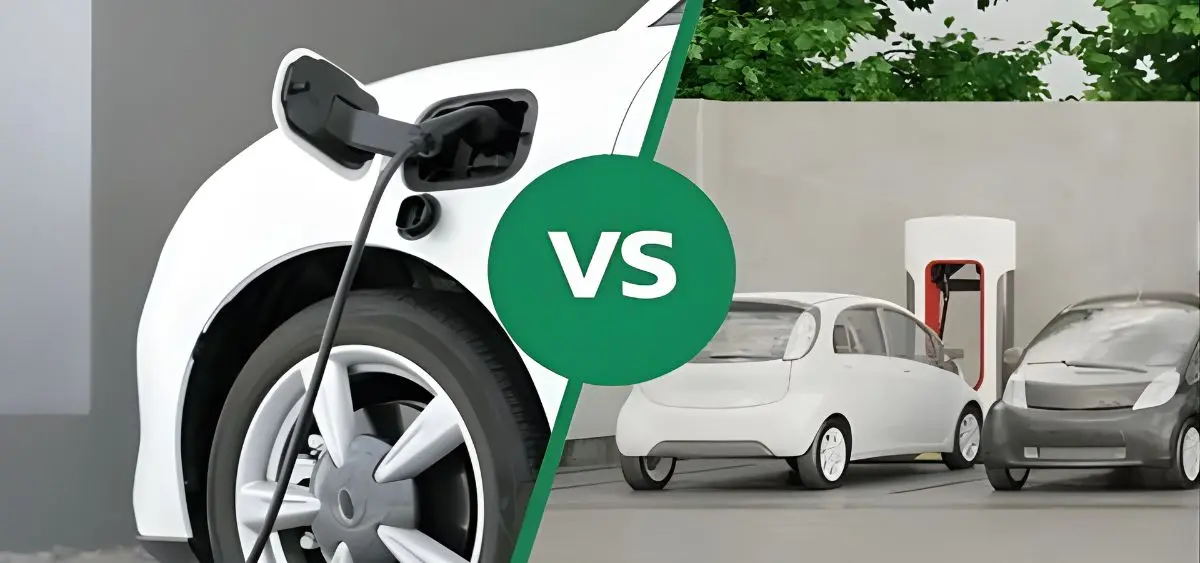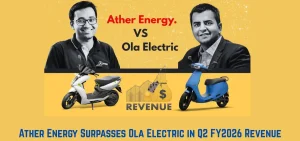In the race to electrify India’s roads, one debate is charging ahead of the rest: Public vs Private Investment in EV Charging. As electric vehicles surge in popularity, the question of who should power this transformation—government-backed initiatives or private innovation- has become critical. Will public funding ensure equitable access, or can private players accelerate growth with cutting-edge technology? The answer could define how fast India’s EV dream turns into a nationwide reality.
The Case for Public Investment
Public investment is crucial in building the foundation for a nationwide EV charging infrastructure. Government-backed projects ensure equitable access, especially in rural or low-profit regions that private firms often overlook.
Through incentives such as land allotments, tax exemptions, and subsidies, the government enables large-scale deployment of charging stations across cities and highways. Public involvement also brings standardization in pricing, safety, and technology, essential for user trust and long-term stability.
However, the downside lies in limited budgets and bureaucratic delays. Execution speed often lags, making it challenging to keep pace with India’s fast-growing EV adoption rate.
The Power of Private Investment
Private players like Tata Power, Adani, Statiq, and ChargeZone bring agility, innovation, and advanced technology to the sector. With IoT-enabled systems, digital payments, and smart charging management, they enhance user convenience and efficiency.
Their profit-driven models enable rapid expansion in high-demand zones and attract foreign capital. Yet, this approach risks leaving rural and tier-3 regions behind, potentially deepening the infrastructure gap.
Public-Private Partnership: The Balanced Model
A Public-Private Partnership (PPP) emerges as the ideal model for India. Here, the government provides land, regulatory frameworks, and financial support, while private firms manage operations and maintenance.
States like Delhi, Maharashtra, and Tamil Nadu are already seeing success with PPP-led EV corridors and renewable-powered charging networks. This collaboration blends public inclusivity with private innovation — a formula for sustainable growth.

Towards a Renewable Future
Regardless of who invests, the future must be green. Integrating solar and wind-powered charging reduces both carbon footprint and operating costs. With both sectors working together, India can ensure that its EV revolution truly supports clean energy mobility.
Conclusion
India’s EV charging future depends not on choosing between public or private investment, but on harmonizing both. Public policy ensures inclusivity; private enterprise ensures speed and innovation. Together, they can build a nationwide, affordable, and sustainable charging ecosystem — powering India’s journey toward a cleaner, electric future.
Related Articles:-





